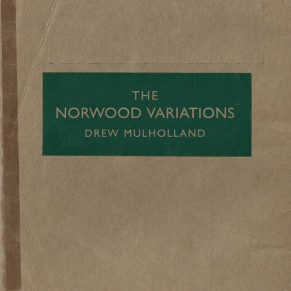

Your book, map, letters, clue-filled notes, magnifying lens, and other items can be dragged around, set down on your desk, or stored in your desk drawer which can open and close. (Image credit: Bad Viking) Little shop of horrorsĪnd there's all sorts of satisfying fiddly business to do as you play. The dialogue (which is text, not voiceover) is excellent, written with as much skill and care as the descriptions in the botany book. A librarian, an occult scholar, and a mysterious hooded woman in a mask have their own agendas and likewise I had to choose which to side with and which to betray. But a cult member had visited just a few days before, suggesting I instead give the hunter a plant that would weaken him, and it was up to me to decide if I was on Team Beast or Team Hunter. A hunter came into my shop and said he wanted to face the dark beast and destroy it, and asked me for a plant that would give him extra power for the battle. Some of the characters you meet want to banish it back into the darkness, while others want to control it, or kill it, or worship it as a god.Ĭhoices arrive from time to time that lead to branches in this story, and you make those choices the same way you do everything else: with plants. There's a mysterious dark entity out there, slowly growing in power and threatening the land. I felt like a genuine Sherlock Holmes, even though I'd just been peering at mushrooms so I could cure a guy's stomach cramps.īeyond the customers looking for herbs that will cure bad vision or ease upset stomachs or help them sleep, there are recurring characters who repeatedly visit the shop with a darker and grander purpose. The game told me I was correct, and I literally raised both my hands over my head in celebration. When I'd finally narrowed all the potential cures down to one, I handed it to the worried wife. That was difficult-several mushrooms look quite similar-and I wasn't entirely sure my identification was correct, so I had to resort to eliminating all the other mushrooms in my collection, and their cures, which took long minutes of peering at fungi and flipping back and forth through my botany book. So I set to work examining my book's mushroom entries to first discover the name of the mushroom the dummy had eaten, and then work out which plant would cure him. I just happened to have found (by solving a completely unrelated multi-part puzzle) a list of five mushrooms, the symptoms caused by eating them, and the cures for each. I felt like a genuine Sherlock Holmes, even though I'd just been peering at mushrooms so I could cure a guy's stomach cramps. A few days later the woman returned, saying her dumb husband had eaten the mushroom and was now sick. After examining the note and map I was able to figure out where he'd collected the 'shroom and I brought one back to my shop. One of my favorite moments was when a woman came into the shop and handed me a note from her husband, who'd found an unusual mushroom in the woods. (Image credit: Bad Viking) Fungus among us And midway through Strange Horticulture an alchemy system is introduced as well, giving you even more mysteries to solve as you attempt to identify and mix several plants together in your laboratory. As you progress through the game you receive new tools that unlock different ways to discover even more hidden locations. The map puzzles aren't quite as challenging as identifying plants, but the puzzles are still creative and varied and the rewards-more plants for your shop!-make each discovery worthwhile. The map is the other half of Strange Horticulture's detective experience, where you decode clues to discover the location of new plants or events. Exploring the map is usually the result of receiving a letter from the mailman, or finding a lost note in a forgotten drawer in your desk, or getting cryptic messages each evening after you close your shop. Along with helping customers in the shop, there's a large map to unfold on your desk, which you can click on to visit its locations.


 0 kommentar(er)
0 kommentar(er)
